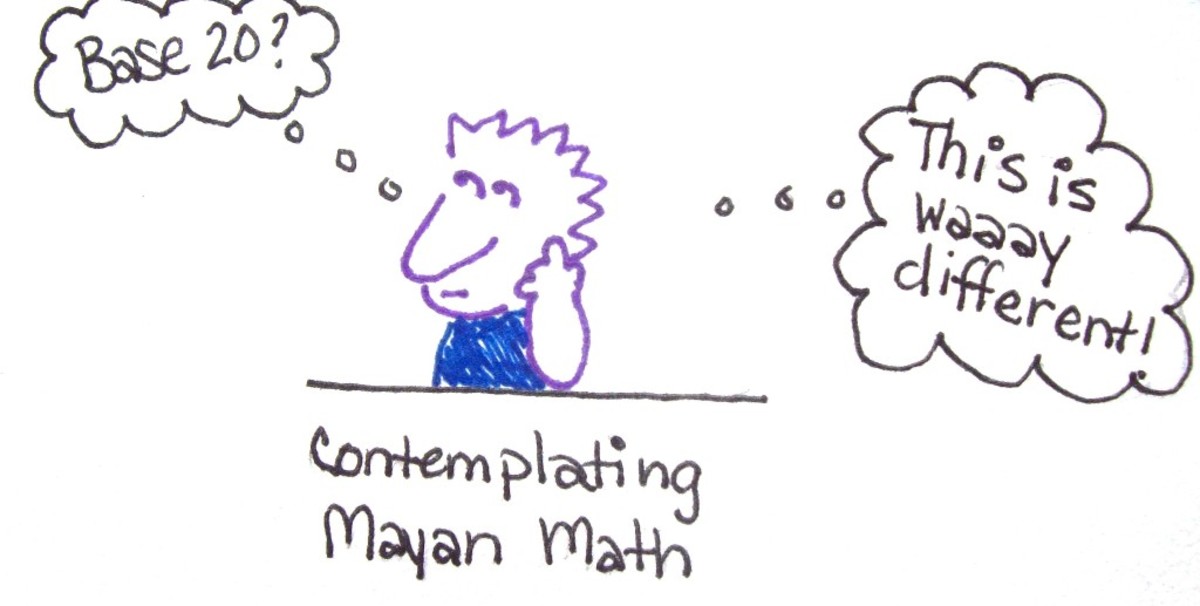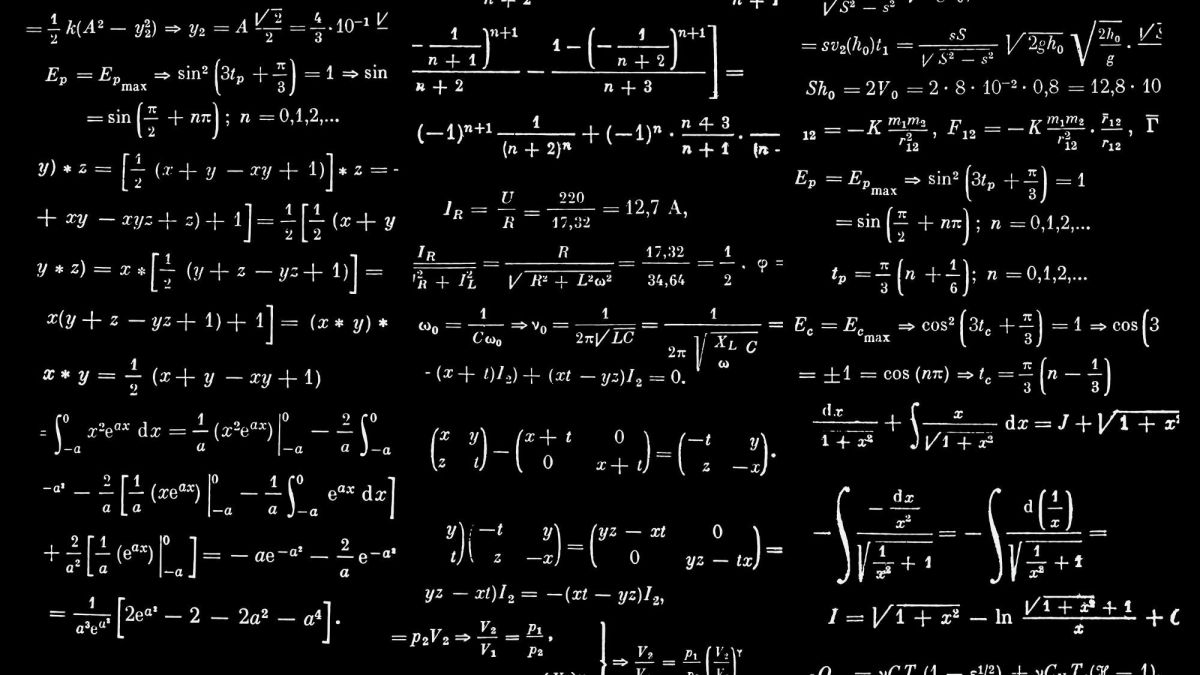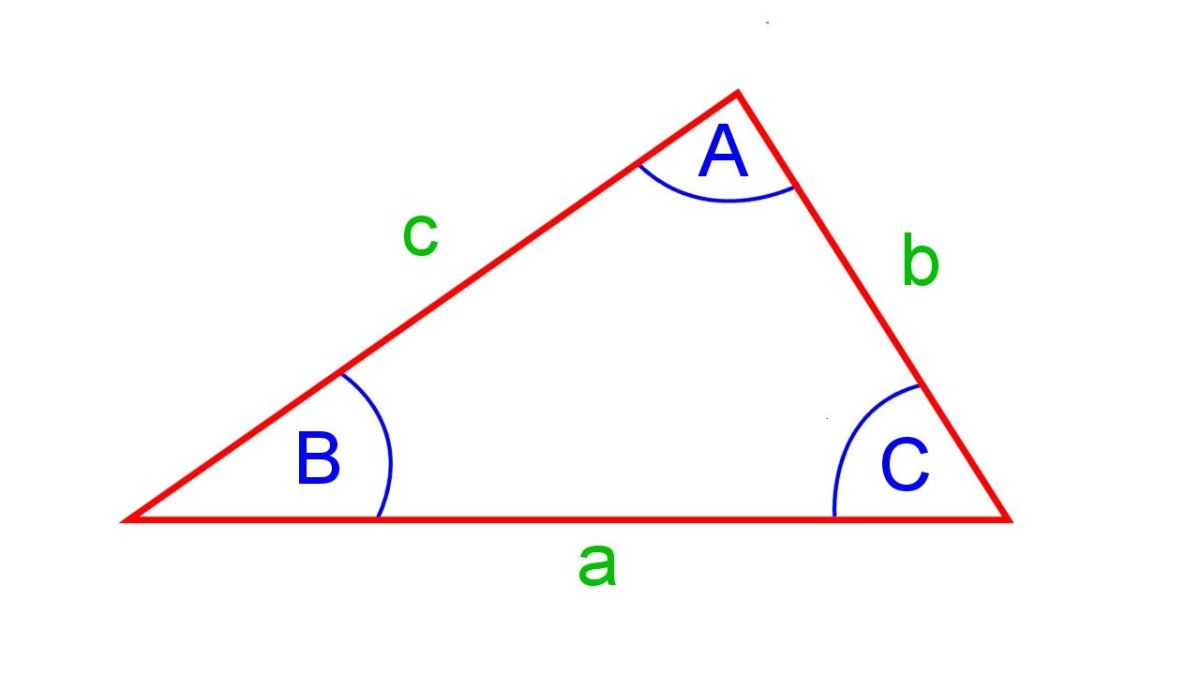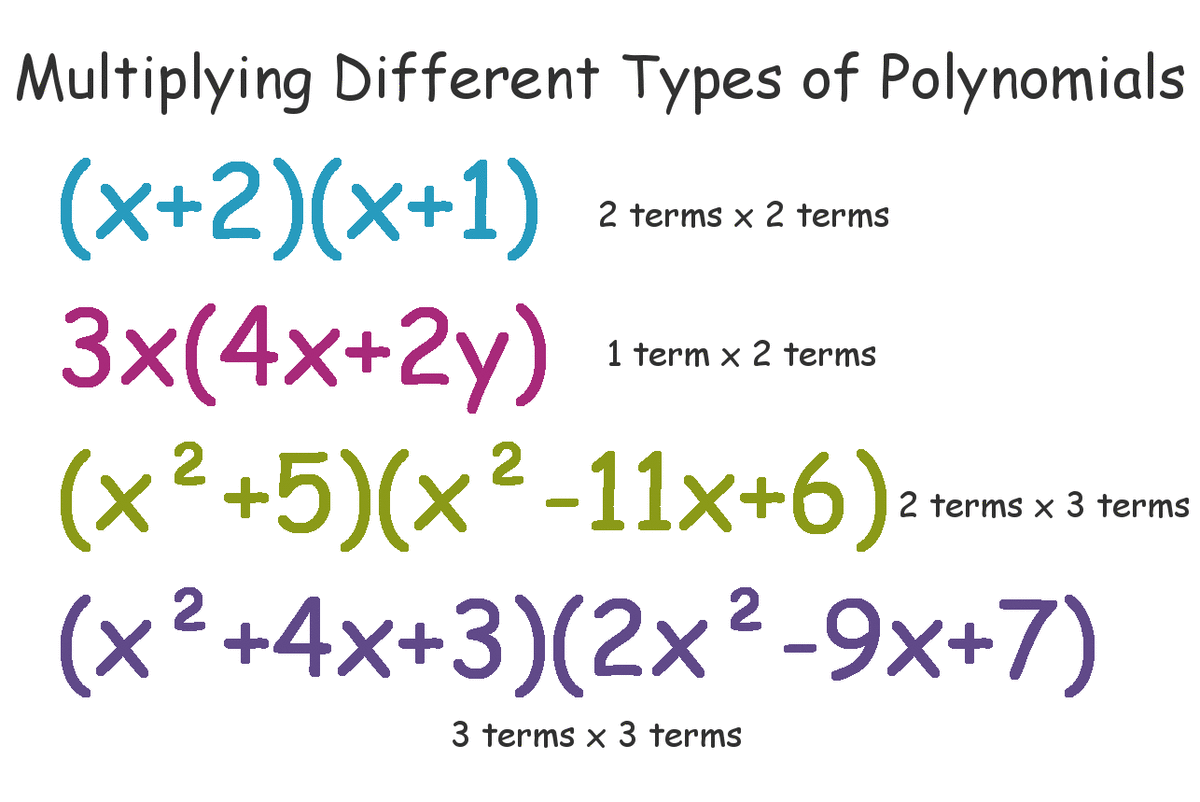How to Pass Mathematics
It’s 10 pm and you are sitting on your bed with mathematics books around you. The Algebra test is tomorrow morning. Have you done enough revision? If you are still revising this close to the test, chances are you have not prepared properly for success.
Follow these tips and be certain to pass all your tests and exams.

1. A place to call your own
It is tempting to do homework in a place that is convenient only at irregular times. It might be the kitchen table when it is not being used, or, feeling tired, it might be the floor of your bedroom, with the radio playing in the background.
Leapfrogging from one location to another is a distraction, just as much as the TV and the radio.
Identify a quiet work area that will be your permanent ‘maths zone’. It will be the one place always available for you to use. Many students have a desk in their bedroom, which is ideal. If this is not the case, then discuss other options with your family, such as having exclusive use of the kitchen table between 7 pm and 9 pm, when no-one is permitted to enter.
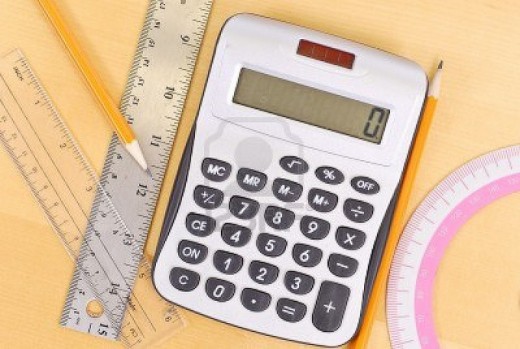
2. Have the right equipment
A carpenter would not use a plumber’s wrench to hit a nail, any more than a plumber will want to tighten a leaky tap using a hammer. By having all the required tools of the trade, you will save time and achieve better results.
Imagine drawing a graph to scale without the aid of a ruler. Or think about how long it will take you to work out the answer to 4.6713 x 7.8043 without a calculator.
In addition to your pens, erasers, highlighters, textbooks and writing books, here is a list of what you should have with you.
- ruler
- protractor
- compass
- graph paper
- scientific calculator/graphing calculator
You will find that employing the right equipment for the right task will significantly help in presenting clearer, more accurate work that deserves high grades.
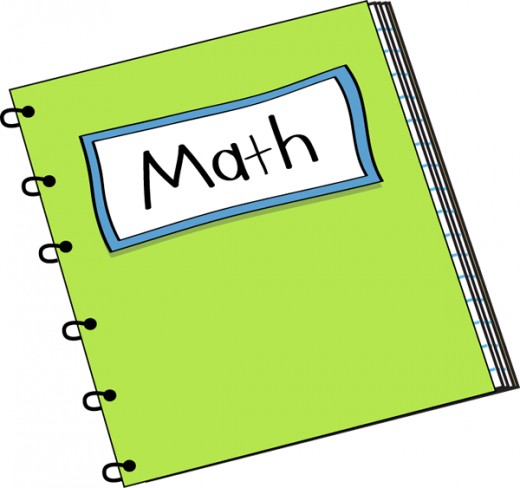
3. Maintain a summary book
Unless you’re a genius, you will need some effective way to recall facts and methods. In addition to the writing book used in class, keep another one containing a summary of the main ideas and theorems, with perhaps an example. It should parallel the order in which you are studying the topics and must be easily navigable. This can be updated when you are home, after you have studied the day’s work at school.
Diagrams and explanations should be kept to a minimum. After all, that’s what your writing book is for. Your summary book will be very handy when revision time comes around, because you will not have to wade through the text book or writing book to search for a particular formula. It will also prove useful because, in some situations, you may be permitted to use it during a test or exam.
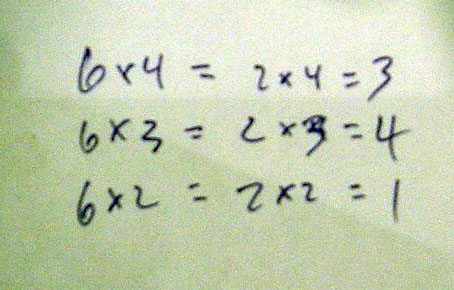
4. Practice, practice, and more practice
They say, ‘familiarity breeds contempt’, which means that if we do the same thing too much we will get sick of it. This may be true, but nothing is achieved without work.
If you want high grades, work for them. Mathematics is a skills-based subject, so to perform well, you must become proficient in applying the skills and knowledge your teacher has given you. To do this:
- complete all assigned homework tasks.
- attempt questions comprising different levels of difficulty. A combination of easy, standard and difficult questions is a good way of identifying what you do/do not know about that topic.
- Google to find other questions that you can try.
Knowing how to solve a problem because you have seen a similar one is a great confidence booster.
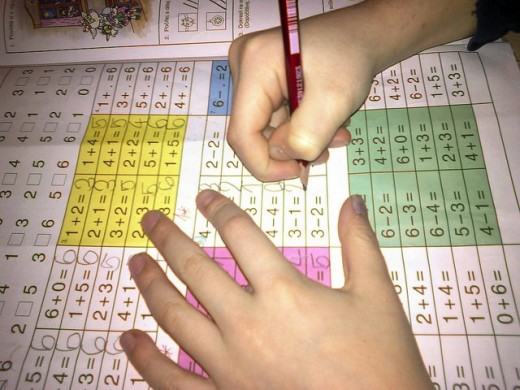
5. Revise work regularly
You should allocate a certain amount of time each week to revise what you have learnt. This means going through each previous lesson’s theory and examples and then attempting several questions to refresh your ability to apply the appropriate formulas. The whole point of revision is to look at what you’ve studied with ‘fresh eyes’. It doesn’t mean quickly glancing at several examples your teacher covered in class, and it doesn’t mean a quick scan of your writing book and textbook.
This is where your summary book will prove an effective ‘study buddy’, instantly presenting to you the main skills and knowledge covered.
Regular revision of each section of the course will have a significant impact on your retention of the knowledge and problem-solving strategies you will need for exams.

6. Use the language of mathematics
All your working must demonstrate the correct use of mathematical terminology, structure, and notation. Unclear methods can lead to wrong answers or lose you marks in tests. You should:
- be consistent in the use of variables. For example, if a formula you are given uses N, don’t use n, thinking it’s the same.
- use the correct word or phrase. Don’t refer to the diameter of a circle when you mean its radius. And don’t say Lowest Common Denominator when you mean Lowest Common Multiple.
- use operators correctly. If you want to add 2 to 5 and divide the result by 3, don’t write 2+5/3. It should be (2+5)/3
Here is some ‘bad’ working to solve for x.
2x+3=5
2x=5-3=2/2=1
X=1
The second line incorrectly states that 2x=1, and in the last line, we are using x, not X. Here is what we should write.
2x+3=5
2x=5-3=2
x=2/2=1

7. Don’t work alone
Unless you are sitting for a test or an exam, there is no need to work alone. As part of a group, you can discuss, plan and share ideas. It’s a great way to accelerate your learning because there is no time wasted. It avoids stress, and you won’t scratch your head and stare at a problem that you still can’t solve after one hour of trying.
Even when you do get stuck, chances are that just by discussing it you might figure out the solution, even before any of your friends suggest what to do.
In the classroom, also, asking the teacher for help is a must. They are there to support you, and are proud when they see their students excel. This will not make you seem ‘dumb’ to your friends because it’s likely that some of them do not know what to do but are embarrassed to admit it.
There are also many online resources you can turn to, such as YouTube. It has many videos on just about every topic in mathematics you can think off, but you need to filter them for quality and for the level of mathematics they target.

8. Answer the question given
Ensure that the question you are trying to solve is really what you are being asked to do.
Read the question carefully, noting important words and phrases such as “evaluate”, “write the answer in simplified form” or “leave answers in rational form”.
For example:
“Evaluate x + 5 when x = 4” means 4 + 5 = 9, not just 4 + 5.
“Write 12/16 in simplified form” means divide the numerator and the denominator by 4 to have 12/16=3/4.
“Leave 1+2/3 in rational form” means writing it as 5/3, not 1.666666….
Misinterpreting a question means not only a wrong answer, it wastes time that you could have used to correctly attempt other questions.
For instance, if the question is to find a solution to (x-1)(x^2+x-1)=0, then writing x=1 is sufficient. You do not have to spend unnecessary time coming up with two more solutions from x^2+x-1=0.
Remember, you don’t get extra marks for correctly answering something you weren’t asked to do!
Success in mathematics is within your grasp. Follow the steps described above, work hard and enjoy the fruits of your labor, or in this case, we solve for X in the equation, where X represents 'mathematics success'.
X – (hard work + the 8 steps) = 0



